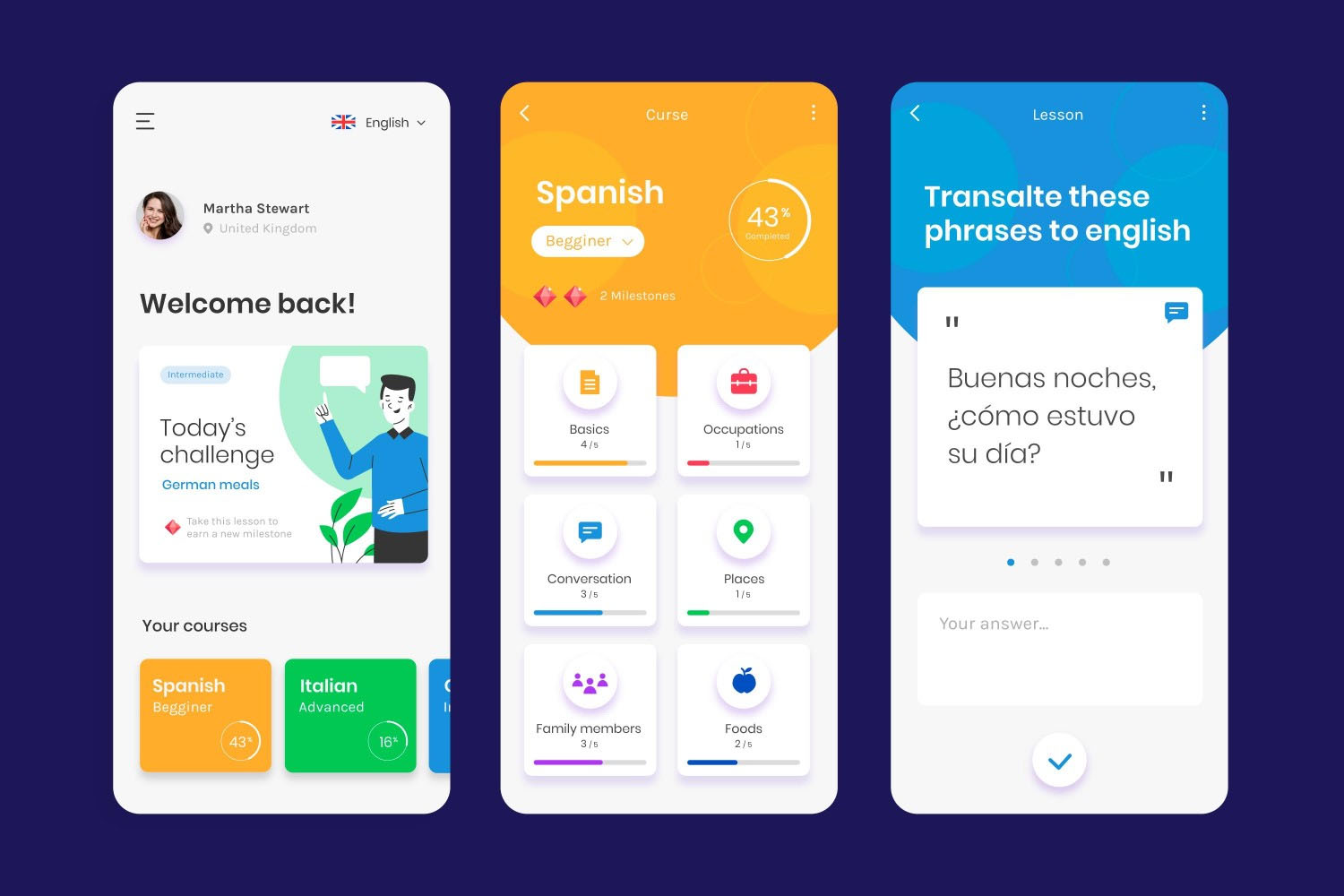
Mastering the Art of Mobile App Design: Best Practices and Trends for 2023
Mobile APP
29 August 2023
The mobile app industry is continuously evolving, with design playing a crucial role in determining the success or failure of an app. As we approach 2023, it’s more important than ever for designers and developers to stay updated with the latest trends and best practices. Let’s dive into mastering the art of mobile app design and discover what’s in store for this year.
1. User-Centered Design (UCD) Takes the Front Seat
In 2023, the focus remains on the user. User-Centered Design ensures that the app is tailored to meet user needs and expectations. By emphasizing user feedback and iterative testing, UCD allows designers to create interfaces that are intuitive and user-friendly.
2. Dark Mode Continues to Shine
Introduced by major platforms a few years back, dark mode remains a favorite. It’s not just about aesthetics; dark mode can save battery life on OLED screens and reduce eye strain, making nighttime usage more comfortable.
3. Microinteractions Elevate User Experience
These small animations or design elements, like a subtle button animation, can significantly enhance user experience. They provide feedback, guide tasks, and make the user interface feel alive.
4. Voice User Interface (VUI) Integration
With the rise of voice-activated assistants, integrating VUI into mobile app design is becoming essential. This trend ensures that apps remain accessible and provides an alternative interaction method.
5. Augmented Reality (AR) Becomes Standard
AR is no longer just for games. From virtual try-ons in shopping apps to interactive data visualization, AR is becoming a standard feature, enhancing user engagement and offering immersive experiences.
6. Minimalist Design with Maximum Impact
Simplicity is key. In 2023, clutter-free designs with more white space, simple icons, and intuitive navigation continue to dominate, ensuring users can focus on what’s essential without distractions.
7. Adaptive and Responsive Design
With a myriad of devices and screen sizes available, ensuring your app looks and functions well on all of them is paramount. Adaptive and responsive design techniques allow apps to provide a consistent experience across the board.
8. Inclusive and Accessible Design
Designing for everyone means ensuring your app is usable by people with disabilities. Whether it’s integrating screen readers or ensuring high contrast for readability, inclusive design is not just a trend but a necessity.
9. Biometric Authentication
Security is a top priority, and biometric authentication, like fingerprint scanning and facial recognition, is becoming a standard feature in apps, providing users with a seamless yet secure experience.
10. Gesture-Based Navigation
With the advent of edge-to-edge screens, gesture-based navigation is gaining prominence. Swipes, pinches, and taps are becoming the primary navigation methods, making apps more intuitive and immersive.
Conclusion
2023 promises a blend of aesthetics, functionality, and innovation in mobile app design. By embracing these trends and best practices, designers and developers can craft apps that not only stand out in the crowded marketplace but also deliver exceptional user experiences. As the lines between reality and the digital realm blur, mastering the art of mobile app design becomes not just an art but a science of understanding and catering to ever-evolving user needs.
